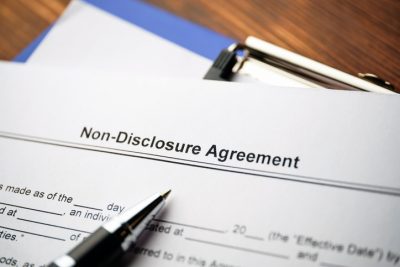Malpractice settlement agreements typically include nondisclosure agreements that require plaintiffs to keep the terms confidential, but these clauses can be seen as unfairly keeping the public and other healthcare institutions in the dark about patient safety issues.

Nondisclosure Agreements Should Be Limited in Scope
December 1, 2024
